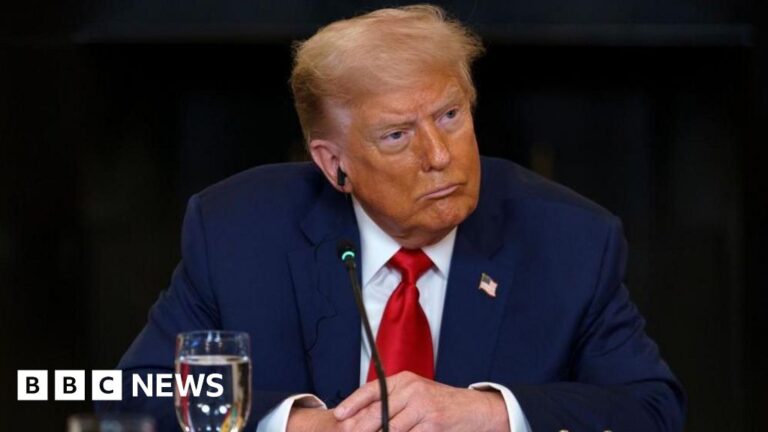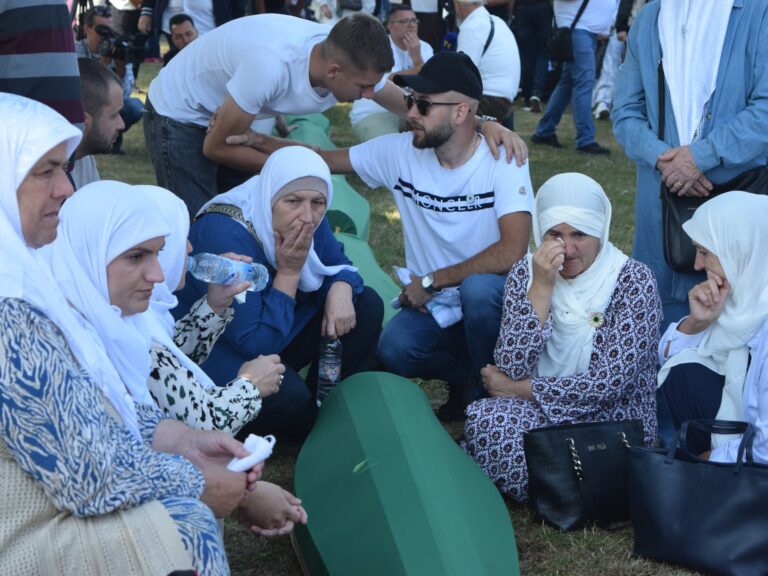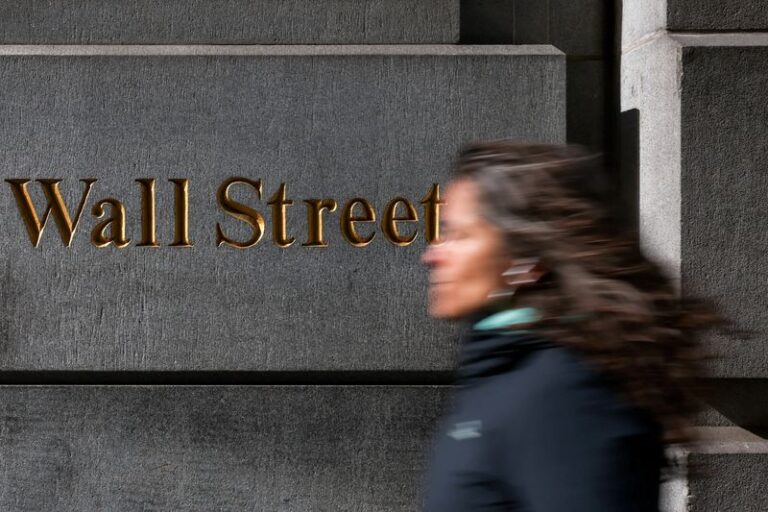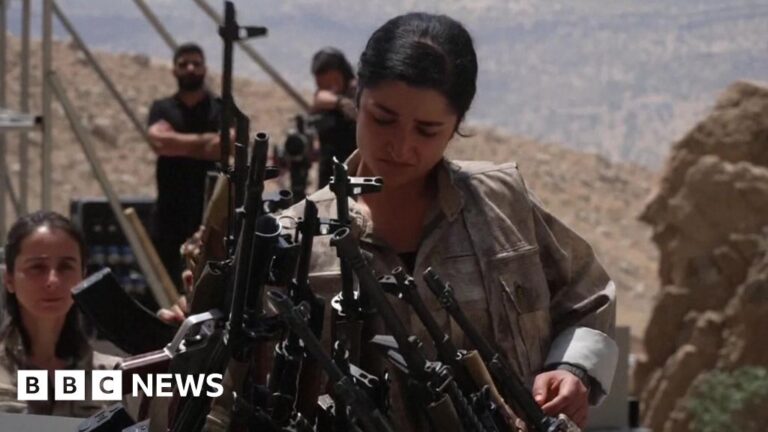A civilian court of appeals says ex-Pentagon chief Lloyd Austin ‘had full legal authority’ to withdraw the plea agreement.
Washington, DC – An appeals court in the United States has validated the decision of former Pentagon chief Lloyd Austin to withdraw a plea deal for Khalid Sheikh Mohammed, the alleged mastermind of the 9/11 attacks on the US in 2001.
A panel of judges at the Washington, DC-based federal court of appeals ruled on Friday that Austin “had full legal authority” to revoke the plea agreement for Mohammed and two other defendants.
That deal would have spared Mohammed the possibility of the death penalty in exchange for a plea of guilty.
Friday’s decision will prolong a decades-long legal saga for Mohammed, who has been imprisoned at a notorious detention facility in Guantanamo Bay, Cuba, since he was captured in Pakistan in 2003.
Austin revoked the deal in August of last year, saying that the US public and victims’ families “deserve the opportunity to see” the case brought to trial before a military commission — an alternative justice system established for Guantanamo detainees.
But any trial is likely to be fraught with challenges — including questions about evidence obtained by torture — and will take years, extending the legal limbo for the Guantanamo detainees.
A military judge reinstated the plea agreements in November, and a military appeals court affirmed the decision one month later.
The administration of former President Joe Biden then took the case to a federal civilian court of appeals.
Lawyers for defendants like Mohammed argued that Austin was too late to revoke the agreements, parts of which were already materialising.
But the court of appeals in Washington, DC, ultimately ruled that Austin was right to wait for the outcome of the plea negotiations before revoking the deals.
Writing on behalf of the court’s majority, Judges Patricia Millett and Neomi Rao said that preventing the withdrawal of the deal would have sent the message that plea agreements are “irrevocable upon signing”.
“The Secretary acted within the bounds of his legal authority, and we decline to second-guess his judgment,” the ruling read.
However, dissenting Judge Robert Wilkins decried the decision as revoking a contract that was already in effect.
He likened nixing the plea agreement to refusing to pay a painter who has already finished parts of the work stipulated in a home repairs contract.
For years, rights groups have called for shutting down the detention facility at Guantanamo Bay, known as Gitmo.
The prison opened in 2002 to house prisoners from the so-called “war on terror” following the attacks in the US on September 11, 2001.
Detainees were arrested in countries across the world on suspicions of ties to al-Qaeda and other groups. Many endured torture at secret detention facilities, known as black sites, before being transferred to Guantanamo.
At Gitmo, civil liberty advocates say detainees had few legal rights. Even those cleared for release through the military commissions remained imprisoned for years, with no recourse to challenge their detention.
The detention facility once housed nearly 800 Muslim men and teenage boys. Now only 15 prisoners remain at the prison; three are eligible for release.













![A woman mourns the burial of her loved one [Urooba Jamal/Al Jazeera]](https://www.aljazeera.com/wp-content/uploads/2025/07/DSC_0952-1752247869.jpg?w=770&resize=770%2C513&quality=80)











